 Craig Hansen
Craig Hansen
Harwich 2004
Pitcher
St. John’s
In his Cape League career, Craig Hansen only pitched 22.1 innings.
But those innings were really something.
Hansen came to the Cape after his sophomore year at St. John’s. He was installed as the Harwich Mariners’ closer, and soon enough, he was authoring one of the most dominant seasons by a reliever in Cape League history.
It all started on the second night of the season, when Hansen pitched one inning against Brewster, striking out two and allowing no runs on one hit. He would go on to have a lot more innings just like that.
Only with fewer hits.
Hansen finished the summer with remarkable numbers: 22.1 innings, 41 strikeouts, two walks, nine hits allowed and a 0.00 ERA. He saved 10 games, good for second in the league. His WHIP was 0.50. His K/9 was 16.7. His opponent’s batting average was .120.
He was essentially untouchable, and plenty of people noticed.
Thought Hansen didn’t win the league’s relief pitcher award, he was an all-star and an all-league pick. Baseball America tabbed him as the league’s No. 3 prospect, much higher than anyone would have predicted when the summer began.
After the Cape
Hansen was drafted by the Red Sox with the 26th overall pick in the 2005 draft. He was in the majors by the end of the 2005 season but hasn’t been able to sustain any success. At this point, his career major-league ERA is 6.34. In 2008, Hansen was traded to the Pirates as part of the Manny Ramirez-Jason Bay deal. Hansen pitched in five games for the Pirates in 2009 before missing the rest of the season with an injury.
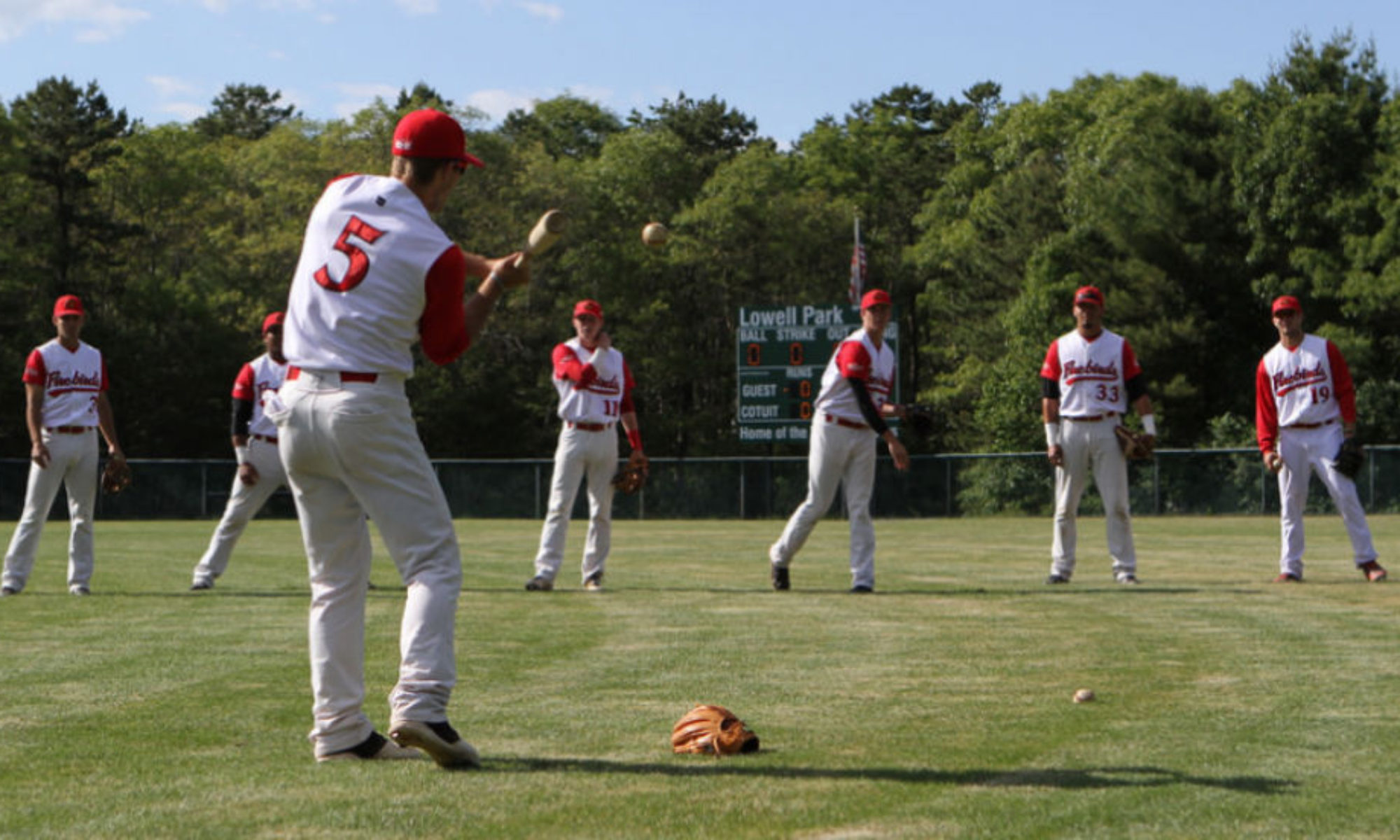
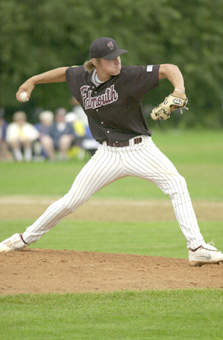 Dallas Buck
Dallas Buck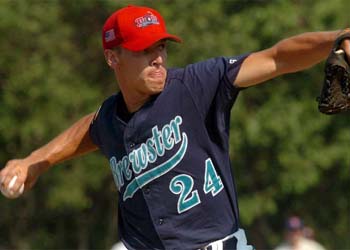 Shaun Seibert
Shaun Seibert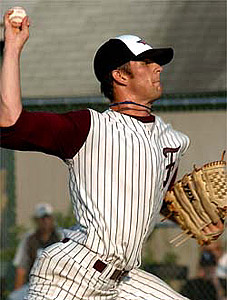 Aaron Crow
Aaron Crow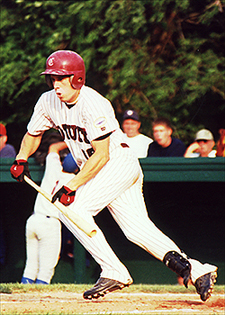 Pete Stonard
Pete Stonard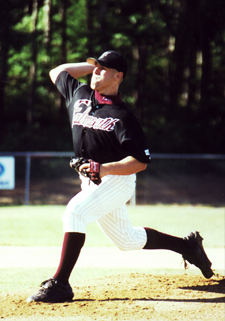 Bob Brownlie
Bob Brownlie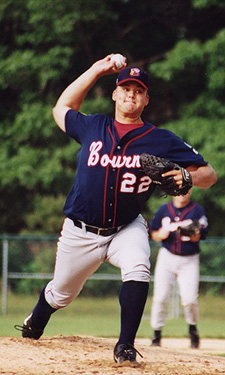 Joe Blanton
Joe Blanton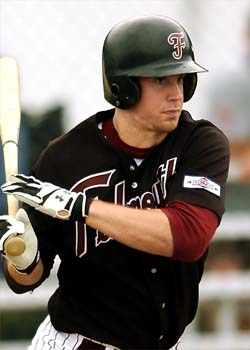 Todd Cunningham
Todd Cunningham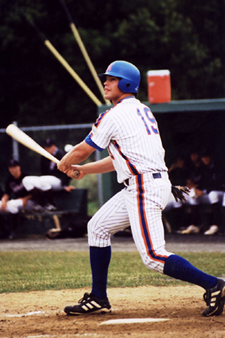 Brian Stavisky
Brian Stavisky